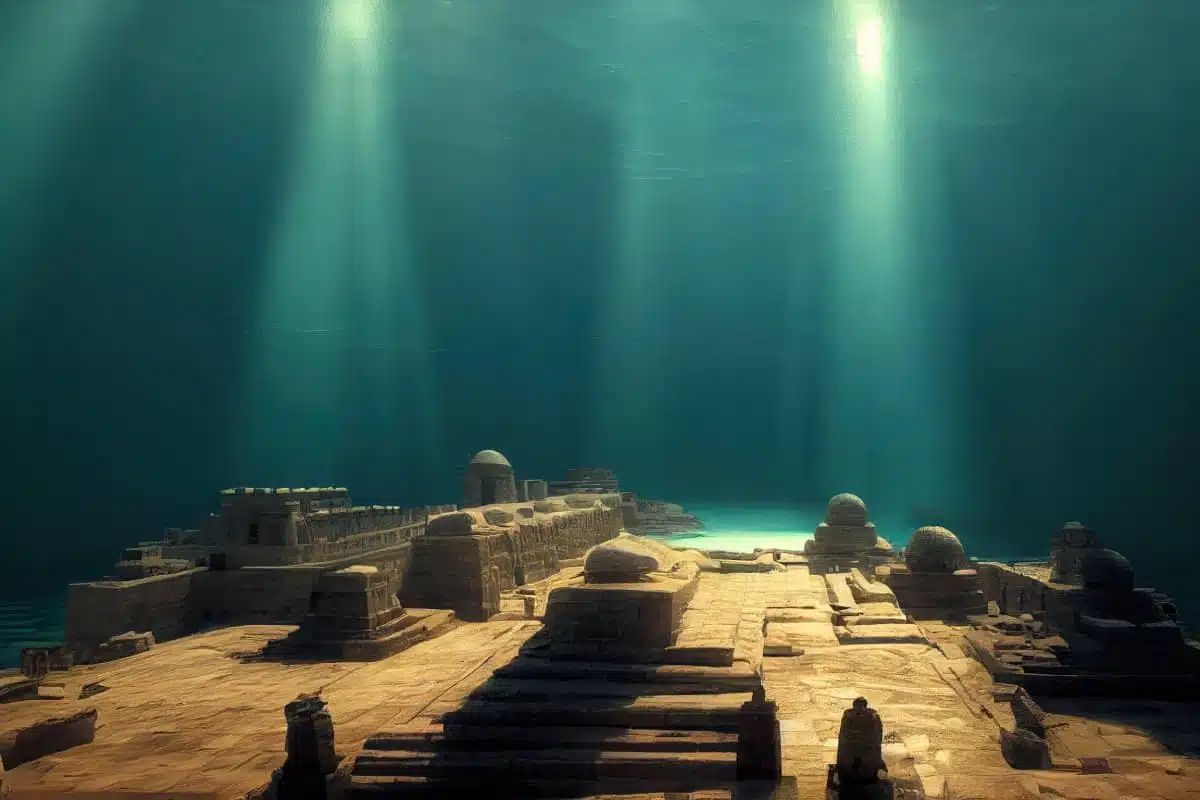The legend of Atlantis, a sophisticated island civilization said to have sunk into the ocean “in a single day and night of misfortune,” has captivated historians, adventurers, and dreamers for centuries. First mentioned by Plato around 360 B.C., Atlantis’s story has inspired countless theories about its possible location and the advanced society that might have lived there. While the true existence of Atlantis remains a mystery, several sites around the world have been linked to the legend, each offering its unique blend of history, archaeology, and natural beauty. This guide explores ten destinations associated with Atlantis, providing a travel roadmap for those intrigued by one of history’s greatest unsolved mysteries.
1. Santorini, Greece

Image Credit: Shutterstock / Maridav
The island of Santorini, with its crescent-shaped caldera and stunning sunsets, is often cited as a possible location for Atlantis. The massive volcanic eruption that occurred around 1600 B.C. is believed to have devastated the Minoan civilization on Crete and could have given rise to the Atlantis legend. Today, Santorini captivates visitors with its whitewashed buildings, blue-domed churches, and archaeological sites that offer a glimpse into the ancient world.
Insider’s Tip
Visit the Akrotiri Archaeological Site, a well-preserved Minoan city buried under volcanic ash. The advanced engineering and beautiful frescoes provide a fascinating insight into the sophistication of the Bronze Age civilization.
When to Travel
The best time to visit Santorini is during the shoulder seasons of April to June and September to October, when the weather is pleasant and the crowds are thinner.
How to Get There
From Athens, Santorini can be reached by air with multiple daily flights to Santorini International Airport (JTR). Ferries and high-speed catamarans also operate from Piraeus and other Cycladic islands, offering scenic journeys across the Aegean Sea.
2. The Bahamas
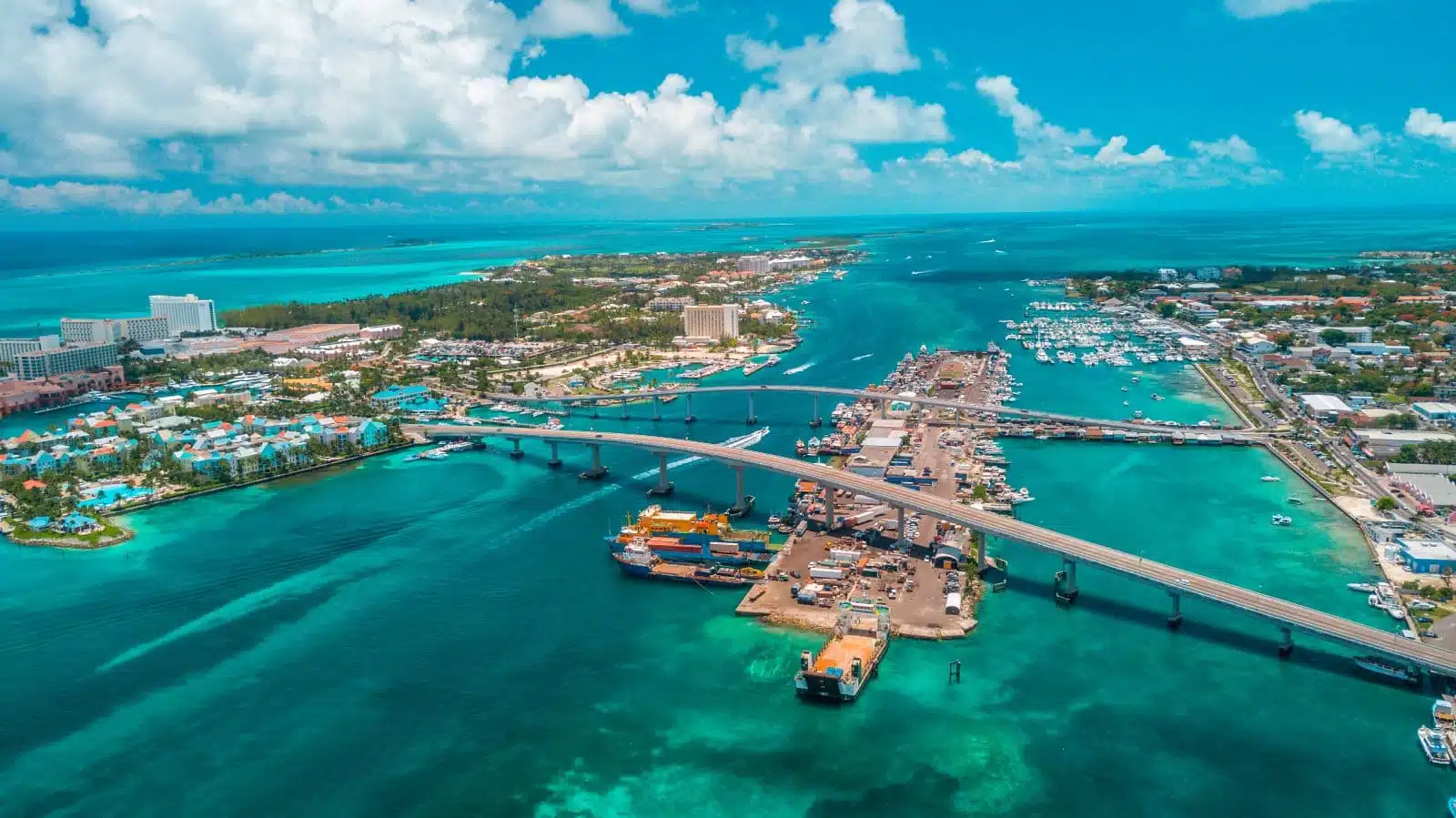
Image Credit: Shutterstock / Bogdan Dyiakonovych
The Bimini Road, a submerged rock formation off the coast of Bimini Island in the Bahamas, has intrigued many as a potential remnant of Atlantis. Discovered in 1968, the uniform blocks of limestone that form a road-like pattern on the ocean floor have sparked speculation about their origin, with some suggesting they could be part of the lost city. The Bahamas offers crystal-clear waters, vibrant coral reefs, and a laid-back island atmosphere for explorers seeking traces of Atlantis beneath the waves.
Insider’s Tip
Besides exploring the Bimini Road, take advantage of the Bahamas’ world-class diving and snorkeling opportunities to discover the rich marine life and underwater caves.
When to Travel
The ideal time to visit the Bahamas is from November to April when the weather is dry and hurricane risk is minimal.
How to Get There
The Bahamas are accessible via international flights to Nassau’s Lynden Pindling International Airport (NAS) or to Grand Bahama International Airport (FPO) in Freeport. Domestic flights or ferries from Nassau can take you to Bimini Island.
3. The Azores, Portugal
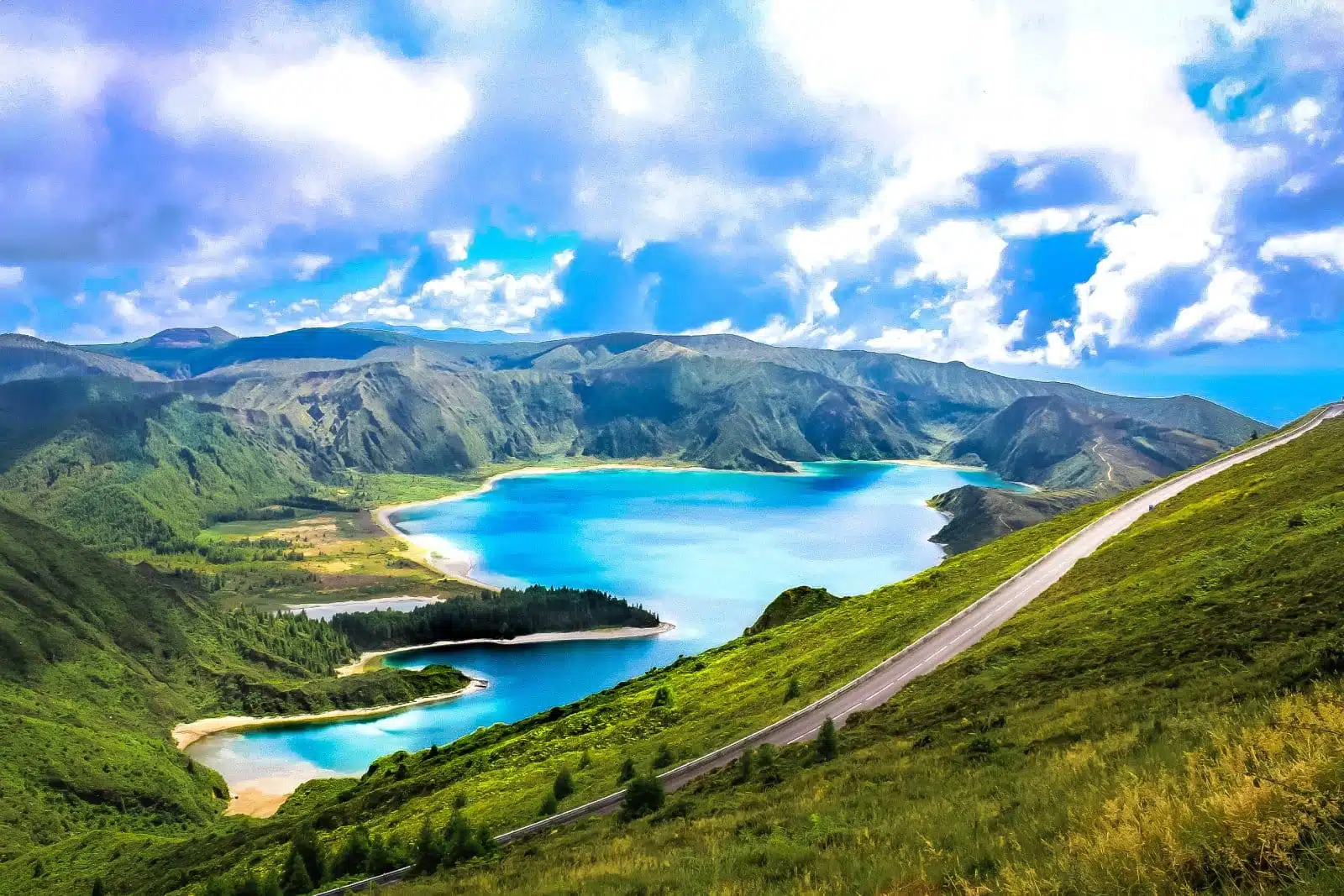
Image Credit: Shutterstock / Angelina Dobreva
The Azores, a group of nine volcanic islands in the middle of the Atlantic Ocean, are another speculated site of Atlantis. The islands’ dramatic landscapes, hot springs, and rich maritime history make them a compelling destination for those fascinated by the lost city. The Azores are known for their lush greenery, rugged cliffs, and thermal pools, offering a mix of adventure and relaxation.
Insider’s Tip
Visit the Capelinhos Volcano on Faial Island, where the landscape bears witness to the Earth’s powerful forces and offers a potential parallel to the cataclysmic event that might have sunk Atlantis.
When to Travel
May to September is the best time to visit the Azores for mild weather and outdoor activities.
How to Get There
Direct flights to the Azores are available from Lisbon and Porto on mainland Portugal, landing at João Paulo II Airport in Ponta Delgada on São Miguel Island. International flights from Europe and North America also operate, especially during summer.
4. Doñana National Park, Spain
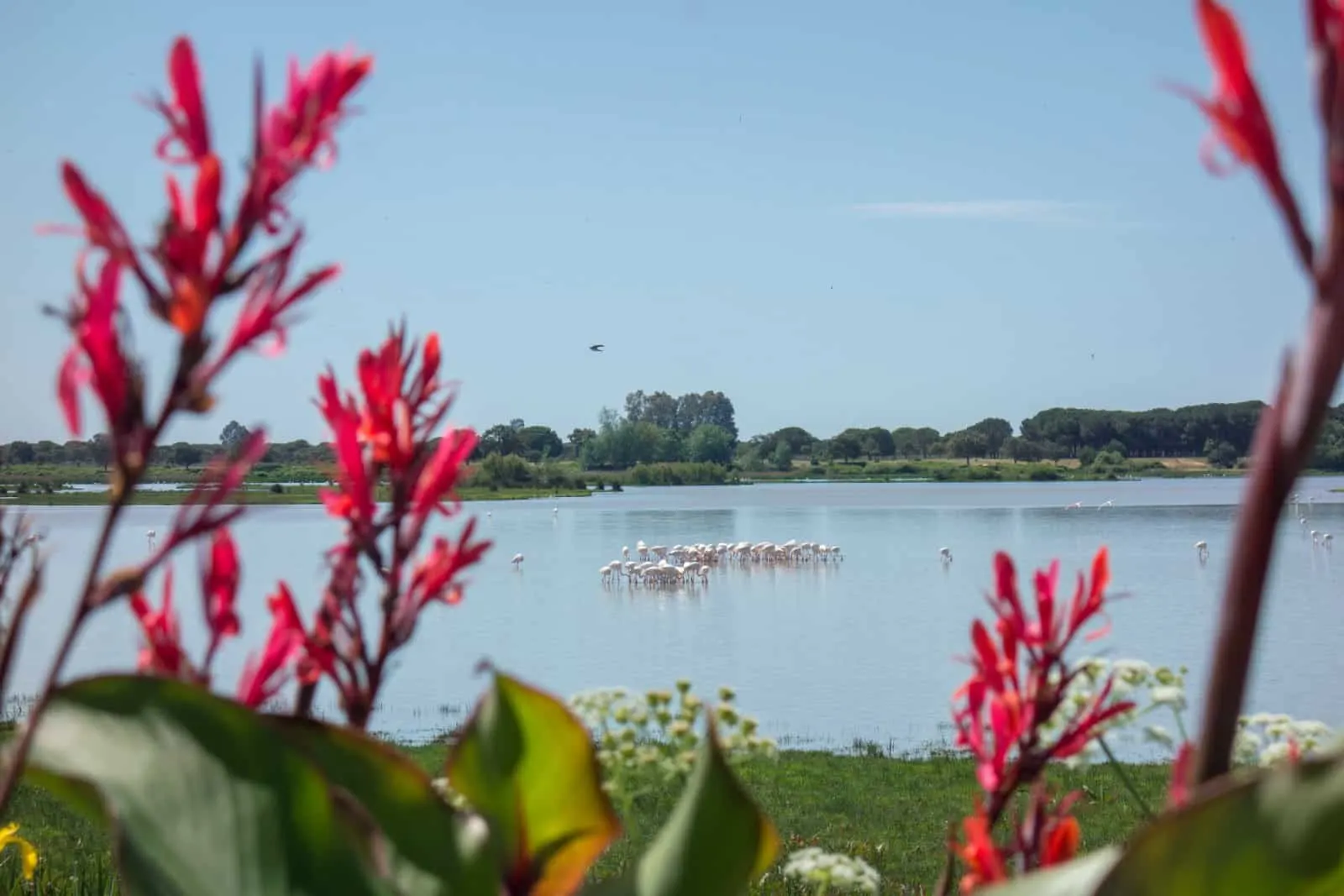
Image Credit: Shutterstock / Jose y yo Estudio
Some researchers have proposed that the marshlands of Doñana National Park in Andalusia, Spain, could be the site of Atlantis. Satellite images have revealed the remains of what could be a large city buried under the mud and sand. The park, a UNESCO World Heritage site, is one of Europe’s most important wetlands, home to a diverse range of birdlife and the elusive Iberian lynx.
Insider’s Tip
Explore the park on a guided tour to learn about its unique ecosystems and the ongoing archaeological investigations that might one day uncover evidence of Atlantis.
When to Travel
Spring (March to May) is the best time to visit Doñana National Park when the weather is pleasant, and migratory birds are present.
How to Get There
The nearest major airport to Doñana National Park is Seville Airport (SVQ). From Seville, you can drive or take a bus to the park, which is about an hour away. Guided tours from Seville are also available.
5. Malta
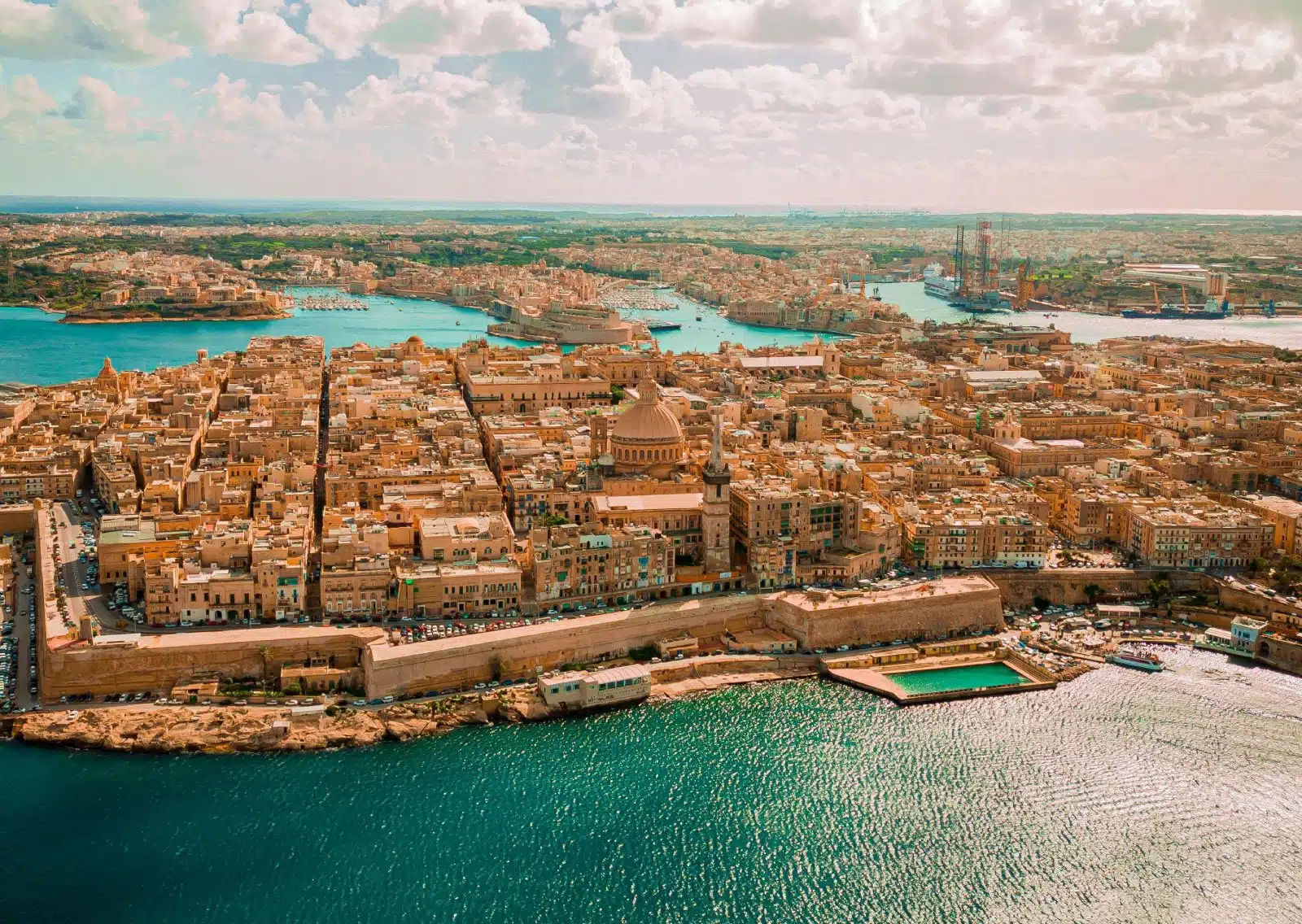
Image Credit: Pexels / Som Thapa Magar
The island nation of Malta, with its ancient megalithic temples and mysterious cart ruts, has been linked to Atlantis due to its rich prehistoric culture and strategic location in the Mediterranean. The temples, some of the oldest free-standing structures in the world, suggest a highly advanced society lived on the island, while the enigmatic cart ruts carved into the limestone hint at an extensive transportation network.
Insider’s Tip
Visit the Hypogeum of Ħal-Saflieni, a subterranean structure dating back to 3300 B.C., to marvel at the sophistication of Malta’s ancient inhabitants.
When to Travel
April to June and September to October are ideal for visiting Malta, avoiding the peak summer crowds and enjoying mild weather.
How to Get There
Malta International Airport (MLA) serves as the main gateway to the island, with direct flights from major cities across Europe. From the airport, public transport, taxis, and car rentals are available to explore the island.
6. The Richat Structure, Mauritania
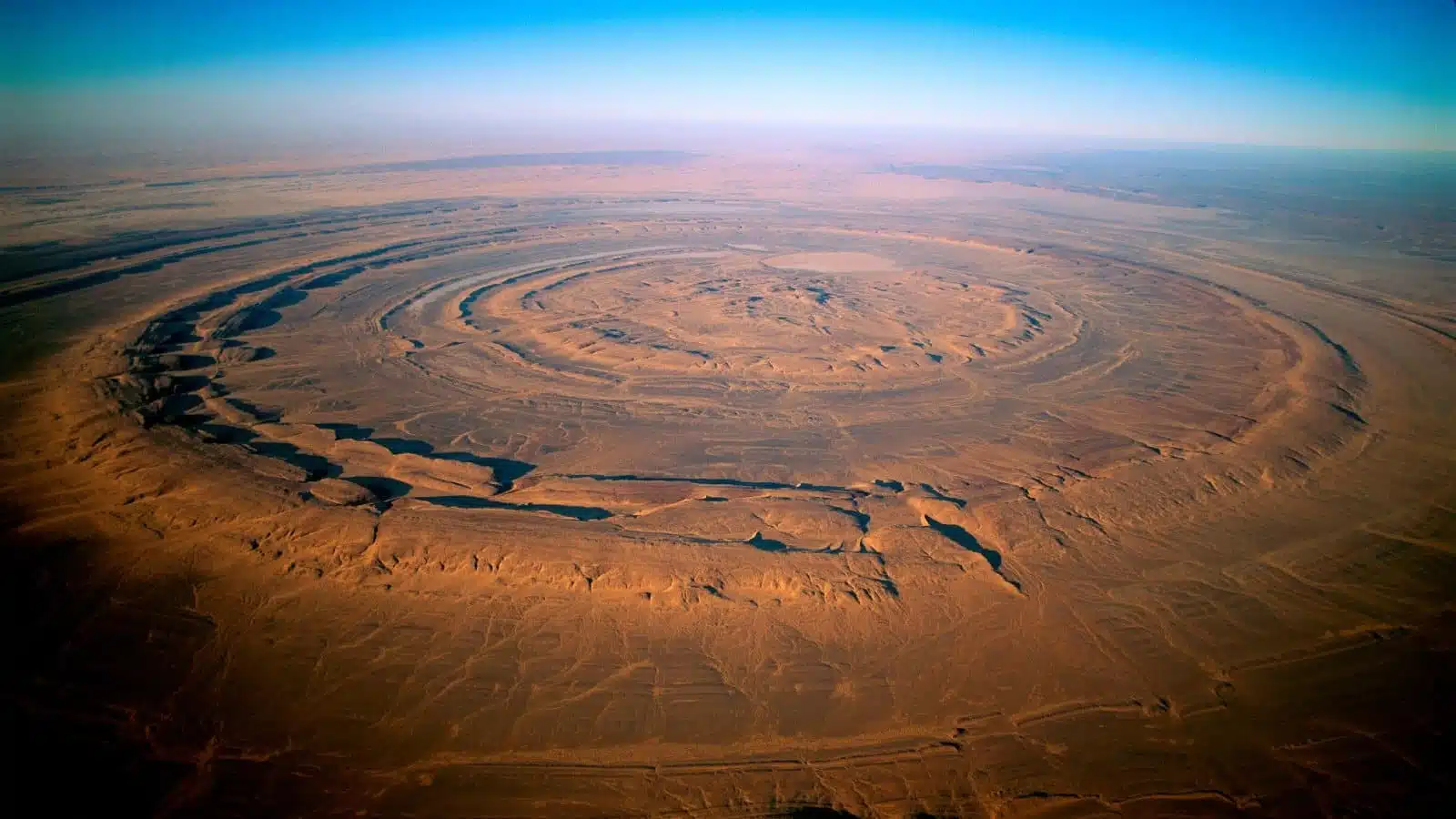
Image Credit: Shutterstock / Som Thapa Magar
The Richat Structure, also known as the Eye of the Sahara, is a prominent circular feature in the Sahara Desert that has fascinated Atlantis seekers. Visible from space, this geological formation was once thought to be a crater but is now understood to be the result of erosion. Its circular pattern and size have led some to speculate that it could be the remains of Atlantis, described by Plato as being concentric rings of land and water.
Insider’s Tip
The Richat Structure is best appreciated from the air, so consider booking a scenic flight to truly grasp its magnitude and beauty.
When to Travel
November to March is the most comfortable time to visit Mauritania, with cooler temperatures and less dust in the air.
How to Get There
The nearest international access point is Nouakchott International Airport (NKC) in Mauritania’s capital. From Nouakchott, the Richat Structure can be reached by a long drive through the desert, typically as part of a guided tour due to the challenging terrain.
7. Antalya, Turkey
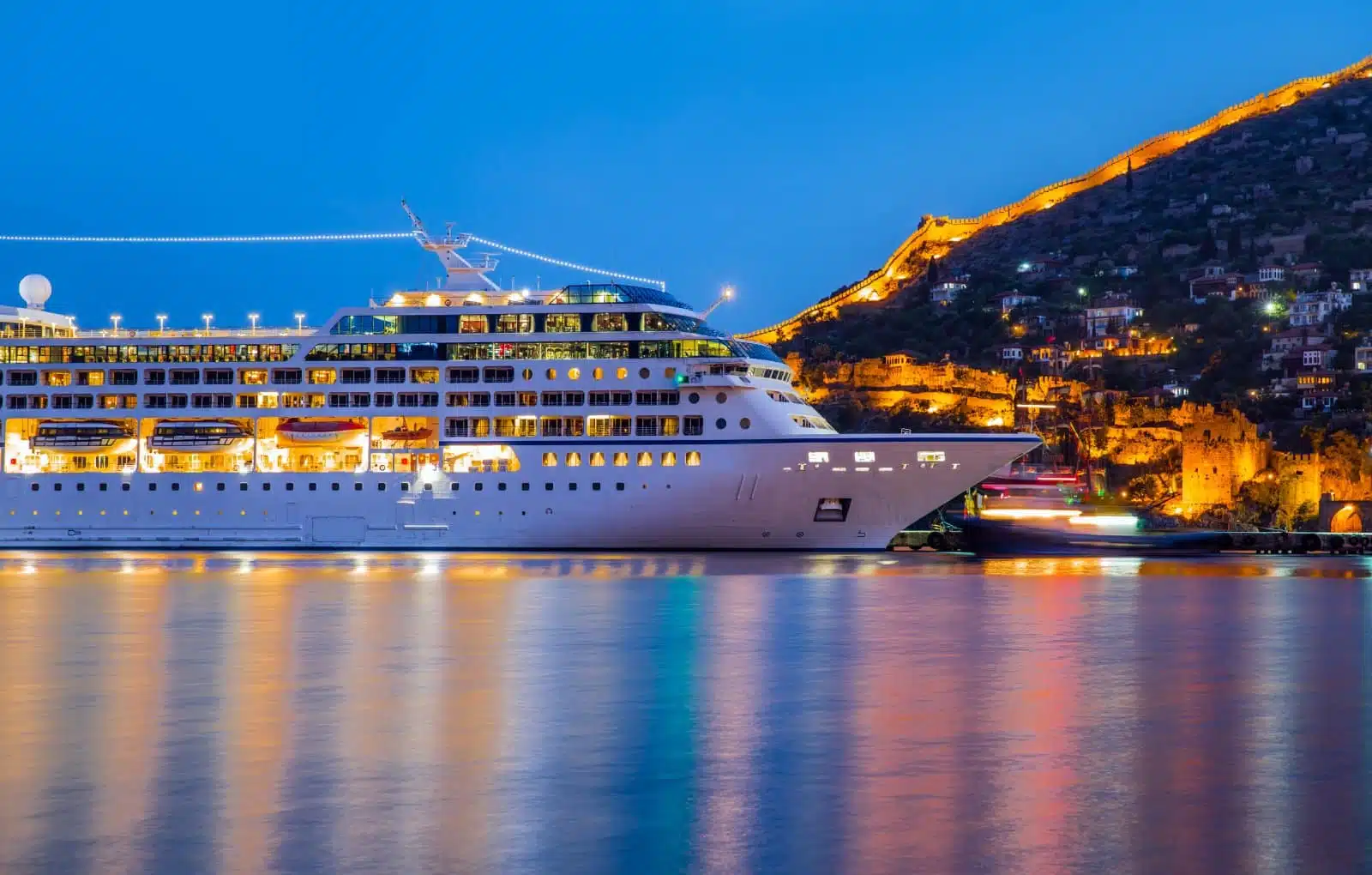
Image Credit: Shutterstock / muratart
The ancient city of Phaselis, near Antalya on Turkey’s southern coast, is another contender for Atlantis’s location. Founded by the Greeks in 690 B.C., Phaselis was a major trading port with three harbors and a rich history. The ruins, set against a backdrop of mountains and crystal-clear waters, offer a glimpse into what might have been part of the Atlantean empire.
Insider’s Tip
Spend time exploring the beaches near the ruins of Phaselis, where ancient history and natural beauty combine for a tranquil retreat.
When to Travel
The best time to visit Antalya is from April to June and September to November, when the weather is warm but not overly hot.
How to Get There
Antalya is served by Antalya Airport (AYT), with flights from major cities in Europe, Russia, and the Middle East. Phaselis and other historical sites around Antalya are easily accessible by car or via tours from the city.
8. North Sea, Doggerland
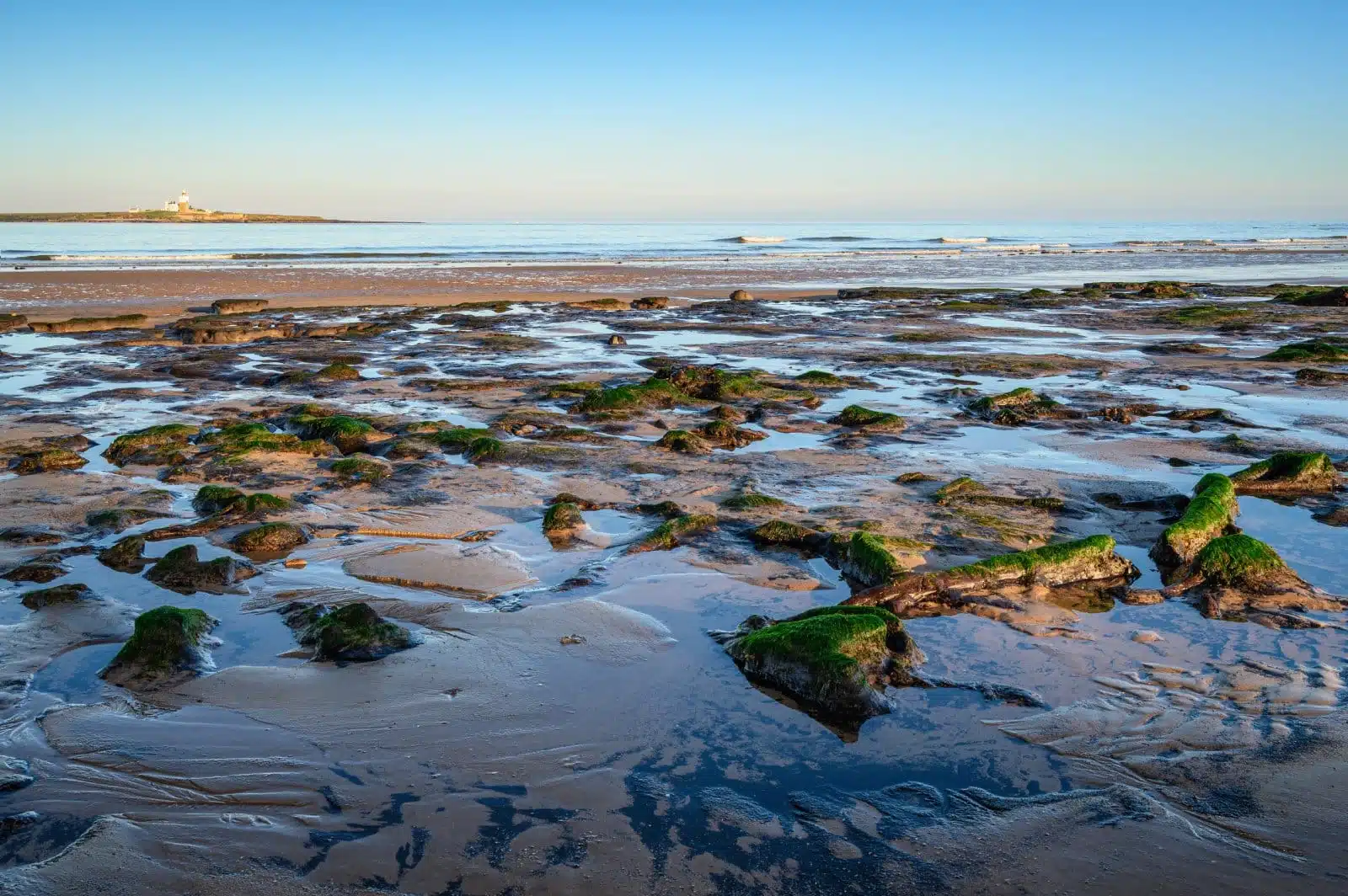
Image Credit: Shutterstock / Dave Head
Doggerland, now submerged beneath the North Sea, was once a land bridge connecting Britain to mainland Europe. Some theories suggest that Doggerland could be Atlantis, or at least a part of its empire, which sank due to rising sea levels or a catastrophic event. While underwater archaeology in this area is challenging, discoveries of tools and remains hint at a once-thriving prehistoric population.
Insider’s Tip
Visit the museums along the North Sea coast to learn about Doggerland and the archaeological finds that have been brought to the surface.
When to Travel
Summer (June to August) is the best time to explore the North Sea region, with longer days and milder weather.
How to Get There
To explore the regions around the North Sea and learn about Doggerland, you can start from major cities like Amsterdam, Netherlands, or London, UK, which have extensive flight connections. Coastal museums in countries bordering the North Sea offer insights into the submerged landscape of Doggerland.
9. Cuba
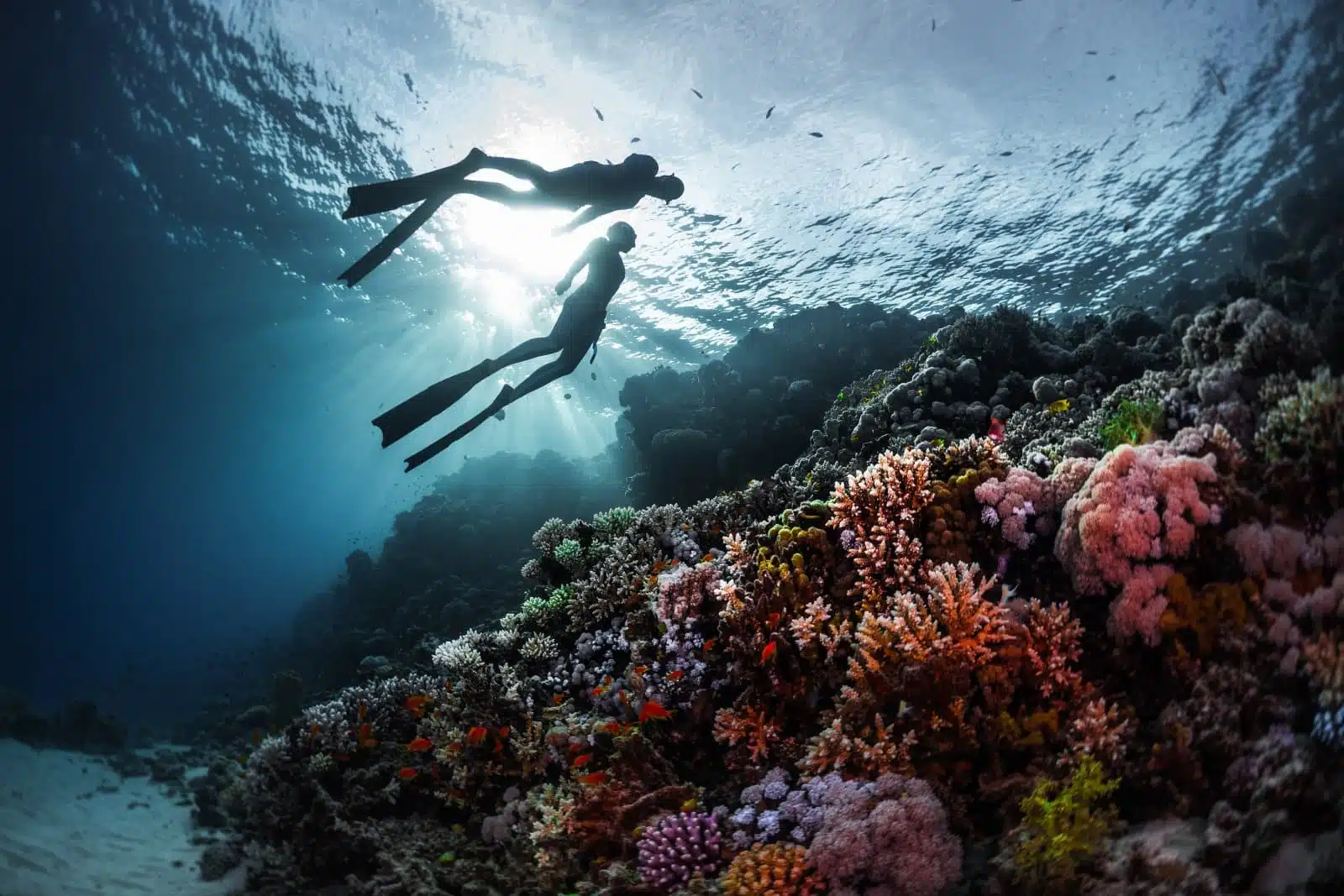
Image Credit: Shutterstock / Dudarev Mikhail
The discovery of underwater structures off the coast of Cuba in 2001 reignited interest in Atlantis. Sonar images revealed symmetrical stone formations resembling streets and pyramids, suggesting an ancient urban settlement. While much remains to be explored, Cuba is a treasure trove of history, culture, and natural beauty, from colonial cities to vibrant coral reefs.
Insider’s Tip
While in Cuba, take the opportunity to dive or snorkel in the clear waters around the island, where you can explore vibrant coral reefs and shipwrecks.
When to Travel
The best time to visit Cuba is from November to April, during the dry season when the weather is pleasant and the risk of hurricanes is low.
How to Get There
José Martí International Airport (HAV) in Havana is the main entry point to Cuba, with flights from Latin America, Europe, and Canada. Local diving tours can be arranged from Havana or closer cities like Varadero to explore underwater sites.
10. Indonesia

Image Credit: Shutterstock / JomNicha
The Sundaland theory posits that parts of Southeast Asia, including Indonesia, were once above water and could have been part of Atlantis. The region’s rich maritime history, ancient cultures, and underwater discoveries of megalithic structures lend credence to this theory. With its thousands of islands, Indonesia offers an incredible diversity of experiences, from exploring ancient temples to diving in some of the world’s most biodiverse waters.
Insider’s Tip
Visit the Borobudur Temple in Java, the world’s largest Buddhist temple, to connect with Indonesia’s ancient past.
When to Travel
The dry season from May to September is the best time to visit Indonesia, offering sunny days ideal for exploration and diving.
How to Get There
Indonesia’s main international gateway is Soekarno-Hatta International Airport (CGK) in Jakarta. For exploring the country’s vast archipelago, domestic flights operate to major and minor islands, including those near potential underwater archaeological sites.
The Bottom Line

Image Credit: Shutterstock / Antonio Guillem
The legend of Atlantis continues to inspire and intrigue us, drawing us to places that connect us to the past and the possibilities of a lost civilization. Whether or not Atlantis is ever found, the journey to these possible locations offers its own rewards, revealing the depth of human history and the natural wonders of our world. As you explore these destinations, remember that the true spirit of Atlantis lies in the quest for knowledge and the exploration of the unknown.
More From The Green Voyage
12 Best Practices for Sustainable Travel in 2024 – How to Travel With Minimal Environmental Impact
Unlocking Hotel Perks – A Traveler’s Guide to Maximizing Hotel Reward Programs for Optimal Benefits
Travel Hacks for Frequent Flyers – 6 Tips and Tricks to Make the Best of Air Travel
The post The Legend of Atlantis – Visiting 10 Possible Locations of the Lost City 2024 first appeared on The Green Voyage.
Featured Image Credit: Shutterstock / Declan Hillman.
For transparency, this content was partly developed with AI assistance and carefully curated by an experienced editor to be informative and ensure accuracy.
Tips for Trip Success
Book Your Flight
Find an inexpensive flight by using Kayak, a favorite of ours because it regularly returns less expensive flight options from a variety of airlines.
Book Your Hotel or Special Accommodation
We are big fans of Booking.com. We like their review system and photos. If we want to see more reviews and additional booking options, we go to Expedia.
You Need Travel Insurance!
Good travel insurance means having total peace of mind. Travel insurance protects you when your medical insurance often will not and better than what you get from your credit card. It will provide comprehensive coverage should you need medical treatment or return to the United States, compensation for trip interruption, baggage loss, and other situations.Find the Perfect Insurance Plan for Your Trip
